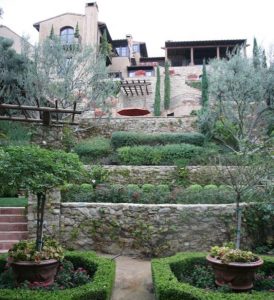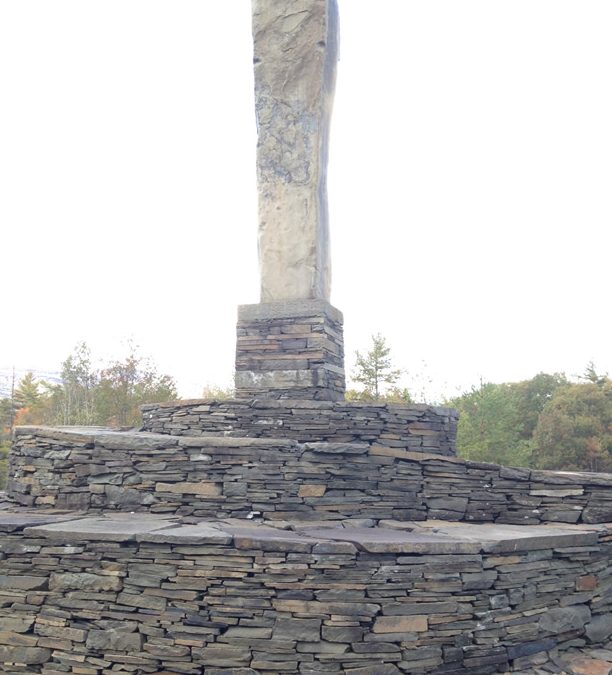Natural Stone Walls: Dry Stack Vs Wet-Laid
Natural stone walls can be built with many different types of stone. One of the first decisions you’ll have to make about the design is whether to have the stone “dry-stacked” or “wet-laid’. This will have an effect on the type and cut of stone your choose. Here is an explanation of the terms, to give you a better understanding of which is ideal for your project.
A Matter of Mortar
The main difference between wet-laid and dry-stack stone walls relates to the mortar. The wet wall uses mortar that binds the beautiful stones together. A dry-stack wall has no mortar as it relies on a combination of gravity, skilled craftsmanship by fitting stones together in an interlocking pattern, and natural gravel base to keep them in place.
When properly done, the stacking of the stones holds them together and forms the wall. A wet stone wall, in contrast, has a stiff concrete base with mortar on the wall and needs extra drainage and materials that are not required for building a dry stone wall. This type of wall will be the more expensive of the two due to the addition of mortar and extra labor involved.
The photo above is from a unique and historic landscape art installation I had the opportunity to visit near Woodstock, New York called Opus 40. Originally a bluestone quarry, the artist Harvey Fite, turned 12 acres into an incredible art garden made of dry-stacking the indigenous bluestone which is readily available on the east coast. Below an image from a project we supplied with Santa Barbara Sandstone in California.The contractor built several wet-laid terrace stone walls to accommodate the severe slope of the backyard. The beautiful terrace walls create multiple levels and areas for planting.
Which Type of Stone Wall is Better?
There are benefits to each type of natural stone wall. Dry-stack construction has been around for centuries; it holds up well to the outdoor elements and is easy to repair, should anything happen to it. As for wet-laid stone, a major benefit is that it may not require as much maintenance as dry-laid stone. While dry-laid natural stone can shift over time, stones in mortared walls are less likely to do so due to the permanence of the mortar.
Does Dry- or Wet-Laid Stone Have a Longer Lifespan?
The answer depends on who you ask, with proponents for both sides. The reality is that both types of stonework is durable and can last many years. By far the most important way to guarantee longevity is to combine a stable foundation with appropriate drainage which requires contracting with a skilled stone mason.
With this formula in place, dry-stacked and wet-laid stone walls can last many decades and look equally impressive. They are both resilient in the outdoors, provided they are built properly and both types of natural stone garden walls will provide an elegant look to your property. For assistance selecting the right stone for your project, give Monarch Stone International a call today!

